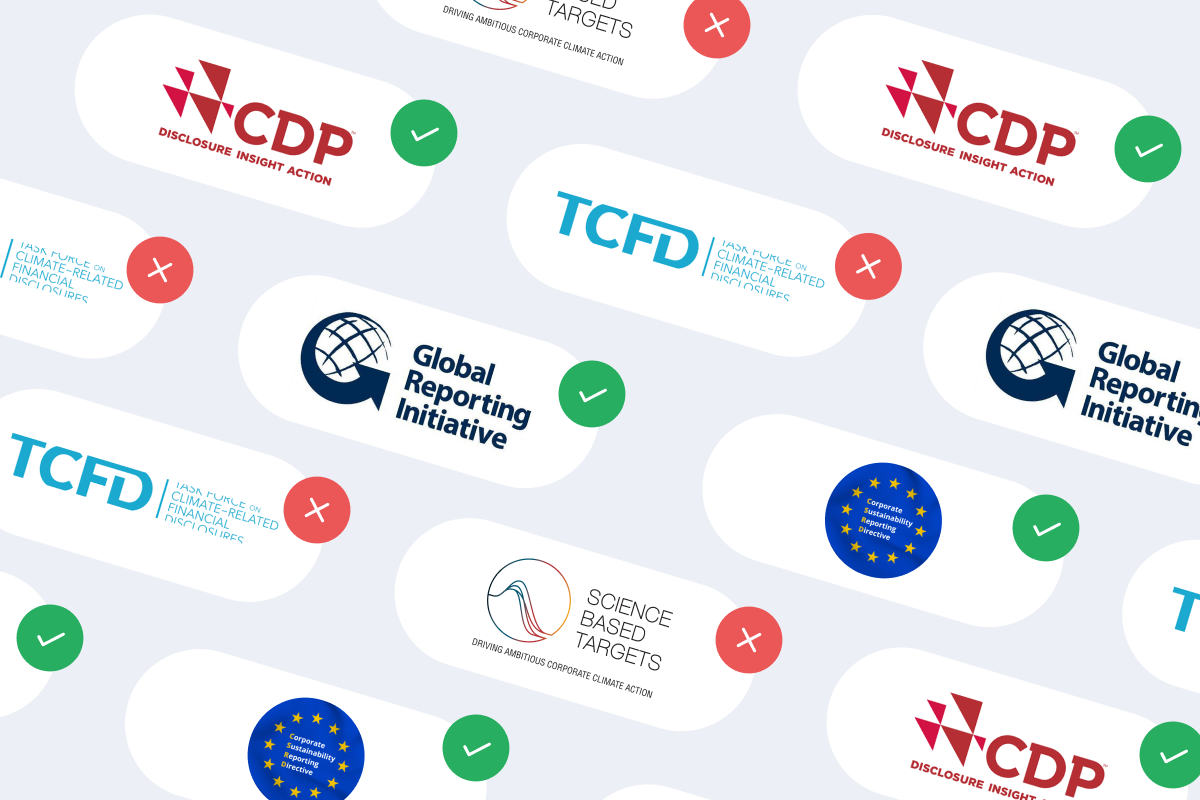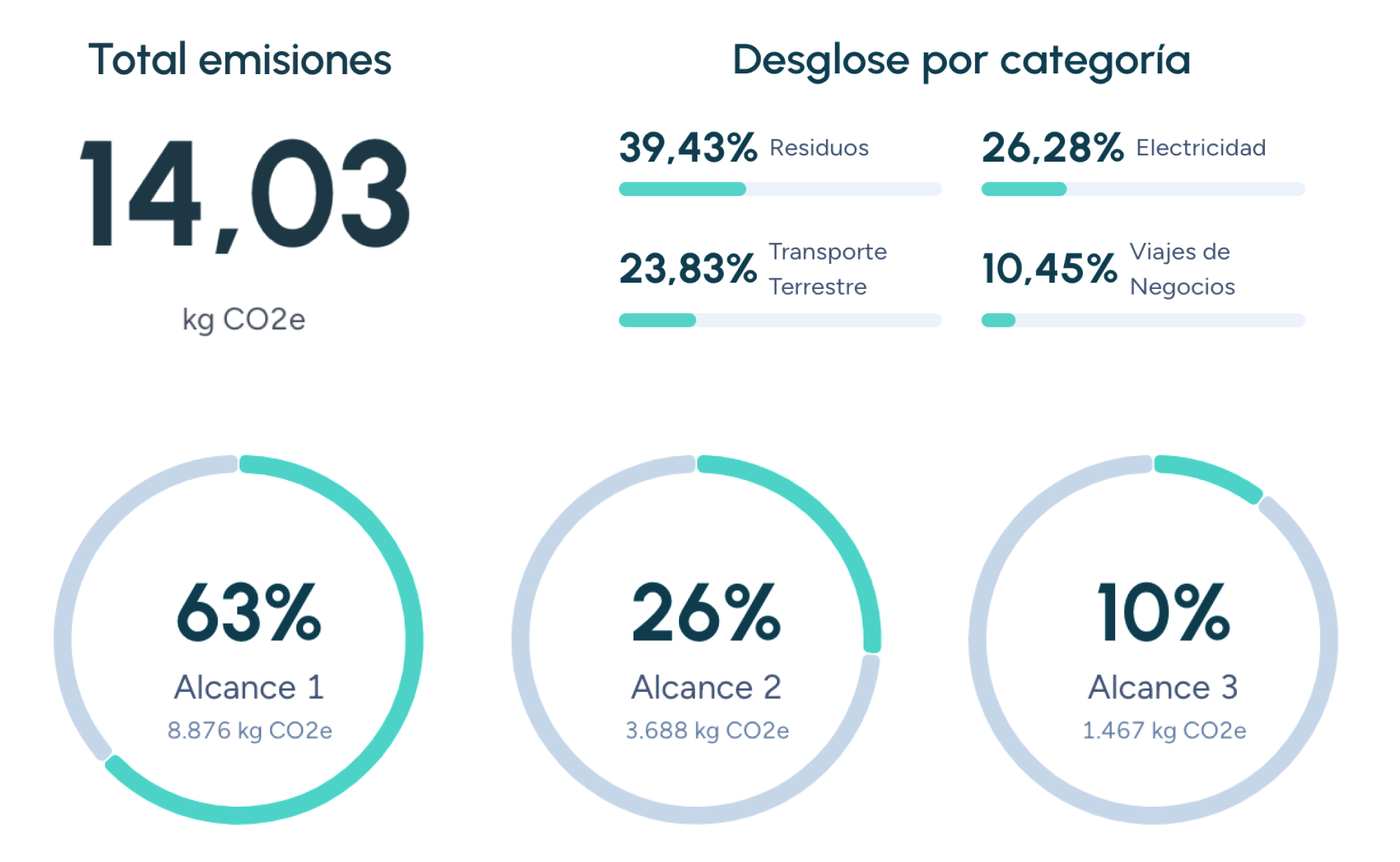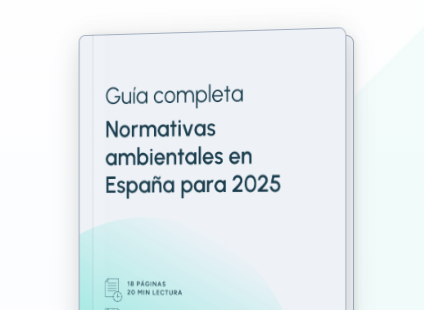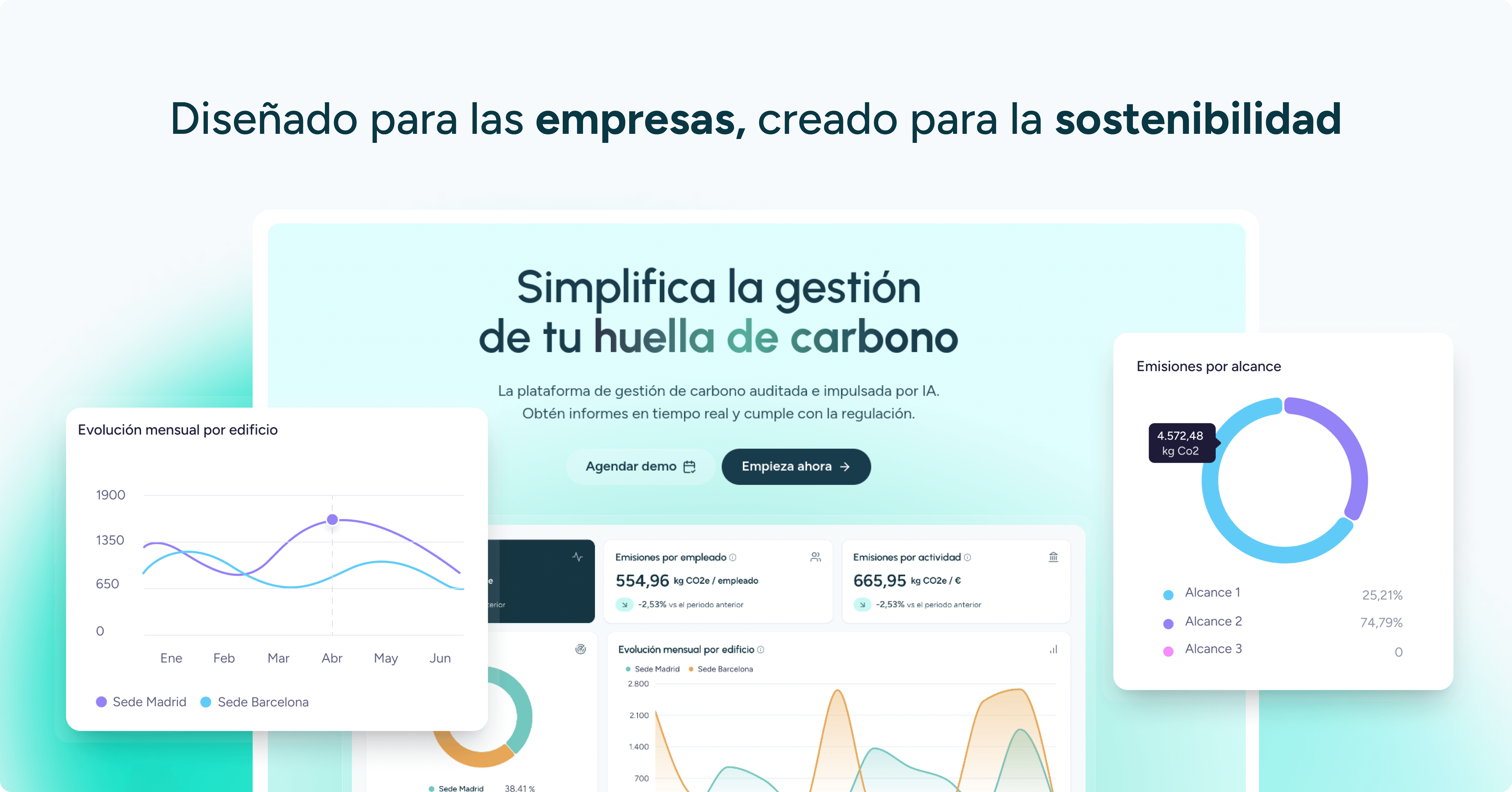Water Poverty Index (WPI)
The Water Poverty Index (WPI) is a composite tool used to assess water scarcity and vulnerability in communities and countries by integrating both physical availability and socioeconomic factors. Developed in 2002 by Sullivan et al., the WPI supports decision-making and investment prioritization to improve water security and sustainable access to safe water.
Components of the WPI
The index combines five dimensions, typically weighted equally (though adjustable to local contexts):
- Resources (R): renewable water availability per capita (m³/person·year).
- Access (A): percentage of the population with access to safe drinking water and sanitation.
- Capacity (C): socioeconomic indicators (GDP per capita, education, health) reflecting the ability to manage water resources.
- Use (U): patterns of water use across agriculture, industry, and households, including efficiency.
- Environment (E): environmental quality, integrity of aquatic ecosystems, and climate variability.
Calculation Formula
WPI = (R + A + C + U + E) / 5 × 100
(scale 0–100, where lower values indicate greater water poverty)
Example Results
- Ethiopia (2022): WPI ≈ 35 – high vulnerability due to limited access and low management capacity.
- Spain (2022): WPI ≈ 68 – moderate conditions, with pressure from agricultural water use and ecosystem stress.
Applications
- Policy design: identify priority regions for water and sanitation infrastructure.
- International cooperation: allocate development aid for water, health, and poverty reduction.
- Academic research: explore links between water availability, poverty, and climate change.
Advantages
- Holistic approach: integrates physical, economic, and social dimensions of water security.
- Ease of communication: intuitive 0–100 scale for policymakers and the public.
- Comparability: enables cross-country and temporal analysis.
Limitations
- Data quality: socioeconomic indicators may be outdated or inconsistently disaggregated.
- Subjective weighting: component weights can vary by region or methodology.
- Ecological gaps: does not directly account for environmental flow dynamics (as in blue water scarcity).
Relationship with Other Indicators
- Water stress: focuses on physical pressure; WPI adds a social and institutional layer.
- AWARE and Blue Water Scarcity: assess sustainability of water use; WPI captures multidimensional water poverty.
Strategies to Improve WPI
- Infrastructure investment: expand water distribution and sanitation networks.
- Institutional strengthening: enhance governance and community participation.
- Water-use efficiency: promote precision agriculture and efficient irrigation.
- Environmental protection: restore watersheds and control pollution.
The Water Poverty Index (WPI) is a valuable diagnostic tool for identifying water-related vulnerabilities, guiding investment decisions, and monitoring progress toward SDG 6 – Clean Water and Sanitation, ensuring equitable and sustainable access for all.
Companies that already trust manglai


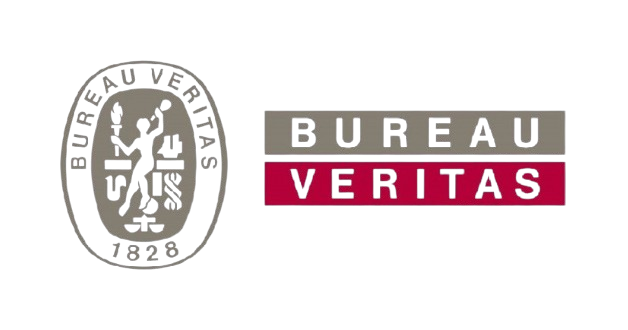

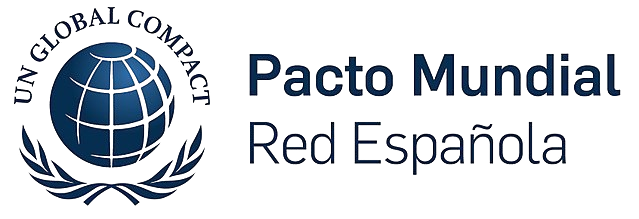








Blue Water Footprint
The blue water footprint represents the volume of surface and groundwater withdrawn from rivers, lakes, reservoirs, and aquifers to produce goods and services.
Blue Water Scarcity
Blue water scarcity is an indicator that compares the consumption of surface and groundwater resources (blue water footprint) with the availability of renewable freshwater within a river basin over a specific period.
Blue carbon
Blue carbon refers to the carbon stored in coastal and marine ecosystems, such as mangroves, seagrass meadows, and salt marshes.
Guiding businesses towards net-zero emissions through AI-driven solutions.
© 2025 Manglai. All rights reserved
Política de Privacidad